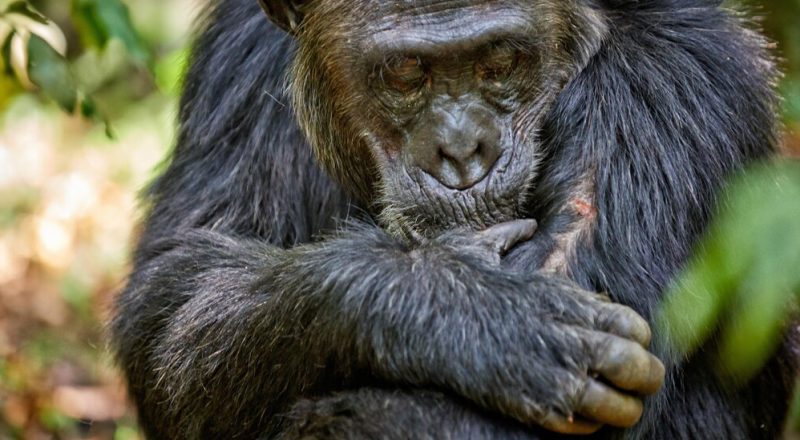Watching wild baboons in Kenya, Akiko Matsumoto-Oda, an evolutionary biologist and primatologist at the University of the Ryukyus in Japan, had a front-row seat to the violence between these monkeys, especially the males.
“I was struck by how frequently they sustained injuries,” she said, “and, even more, by how rapidly they recovered — even from seemingly severe wounds.”
Compared with her own experiences with nicks and cuts, the baboons’ ability to heal seemed like a superpower.
In a study published on Wednesday in Proceedings of the Royal Society B, Dr. Matsumoto-Oda and her colleagues compared the healing rates of humans, chimpanzees, monkeys and mice. They found that human wounds took more than twice as long to heal as wounds of any of the other mammals. Our slow healing may be a result of an evolutionary trade-off we made long ago, when we shed fur in favor of naked, sweaty skin that keeps us cool.
When possible, the researchers wanted to study healing in a way that was less violent and more controlled than watching wild baboons.
To measure human healing, they recruited 24 patients who were having skin tumors removed at the University of the Ryukyus Hospital. To gather data on chimpanzees, which are some of our closest animal relatives, researchers observed five captive chimps at the Kumamoto Sanctuary of the Kyoto University Wildlife Research Center, which houses animals formerly used in pharmaceutical research. The chimps’ wounds, like those of wild baboons, mostly came from tiffs between the animals.
